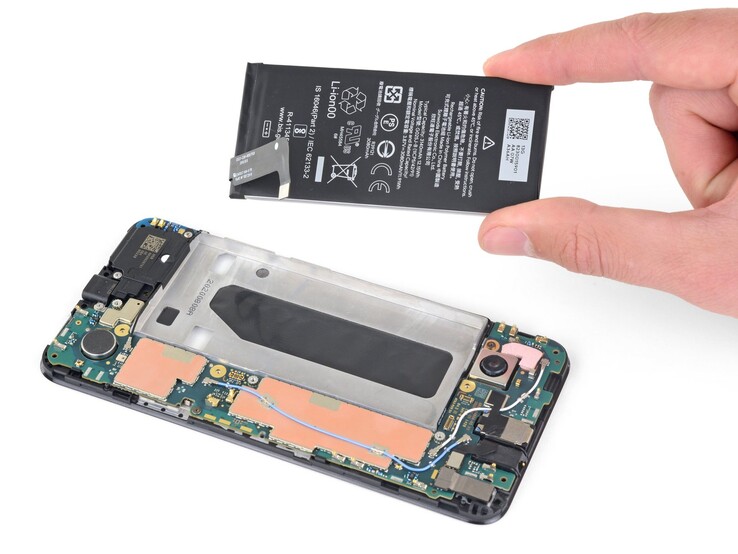As we have already reported a few days ago, Google started to distribute an update for the Pixel 4a at the beginning of January. According to some users, this patch can lead to significantly shorter battery life, noticeably slower charging speeds and an inaccurate battery percentage indicator. Now, developer Hector Martin has taken a detailed look at the update to find out exactly which exact changes Google has actually made.
Apparently, there are two primary changes that affect battery performance. First, Google reduced the voltage from 4.44V to 3.95V. Secondly, the new software cuts the actual battery capacity in half, from 3,080 mAh to 1,539 mAh to be more precise. However, the second change only affects Pixel 4a devices that are equipped with a Lishen battery. Phones models with an Amperex (ATL) battery are not affected. The developer further points out that users who decide to replace their battery should make sure that they install an ATL battery, which can be identified by the part number 8230015901 that is printed next to the QR code.
The fact that Google is limiting the capacity of batteries from just one specific supplier suggests that the company has identified issues with these very batteries. However, the company has apparently not invested much to fix this issue. Hector Martin was able to determine that the update was developed on a private computer of a Google employee, while the kernel was apparently compiled without Link Time Optimization (LTO). This stands in contrast to previous OS updates for the Pixel 4a and can have a negative impact on performance. For those who own an affected Pixel 4a smartphone, Google officially offers three options to remedy this annoying battery issue.

















